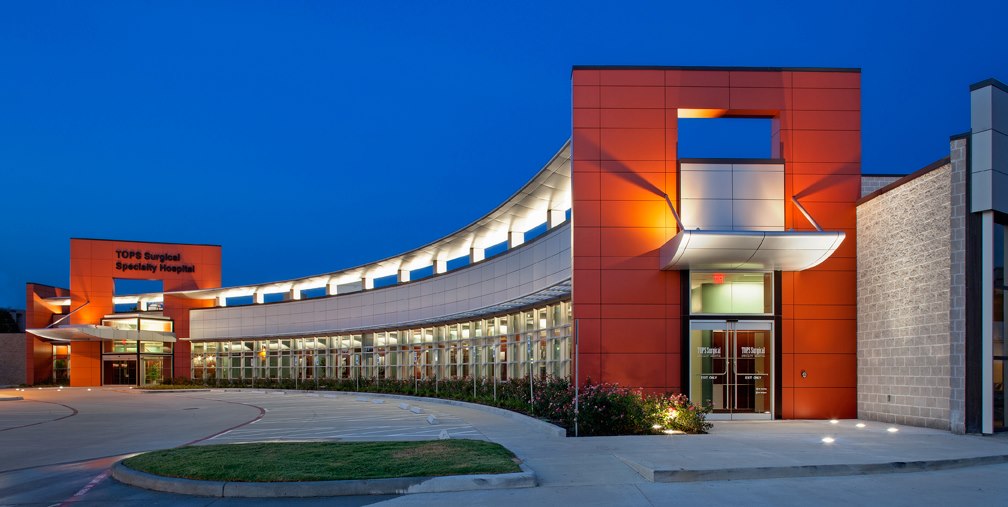
Spinal stenosis is a condition that causes narrowing of the open spaces in the spine. As a result, pressure is placed on the spinal cord and the delicate nerves throughout the spine. As the spinal cord and nerve roots are compressed, patients experience a shooting pain and heaviness down their legs. In this blog, we’ll offer a closer look at the symptoms and treatment for spinal stenosis.
In many cases, age can trigger the onset of spinal stenosis. As we grow older, our spine develops age-related changes. The spinal cord and nerve roots become more vulnerable to sustaining pressure. Osteoarthritis is one of the most common causes of the condition. As the spine naturally wears and tears, the symptoms exacerbate.
There are two types of spinal stenosis: lumbar canal stenosis (occurring in the lower back) and cervical spinal stenosis (occurring in the neck). In case of lumbar canal (lower back) spinal stenosis, patients experience pain in the lower back; a feeling of heaviness in the legs; numbness or a tingling sensation in the leg, foot, or buttocks; and poor bowel/bladder control (less common).
Patients who develop cervical (neck) spinal stenosis experience neck pain; weakness in the hand, arm, foot, or leg; balance problems; and poor hand function (trouble writing neatly, performing routine chores, etc.).

Spinal stenosis is diagnosed using X-ray, MRI (magnetic resonance imaging), and CT (computed tomography) scans. Your doctor will determine the right course of treatment among the many available options based on how your condition has progressed over time, its current stage, and your medical history.
Some common self-help remedies include hot and cold therapy and exercises such as stretching. Nonsurgical treatments include oral medications such as NSAIDs (ibuprofen, naproxen, acetaminophen, etc.). Physical therapy, steroid injections, and a decompression procedure may also be prescribed.
If the condition has progressed rapidly, surgery may be the only option. Your doctor may suggest laminectomy (decompression surgery), laminoplasty, laminotomy, foraminotomy, or spinal fusion. Full recovery takes about three months. However, if you have spinal fusion surgery, it may take longer.
Recommended Read: Keeping Your Spirits Up After Back Surgery
At TOPS Surgical Specialty Hospital, we specialize in treating orthopedic conditions such as spinal stenosis. Find an orthopedic surgeon near you in Houston. We also diagnose and treat a range of other conditions. If you’re interested in pain management treatment, hip replacement surgery, sports injury treatment, breast screening, colonoscopy, or breast cancer treatment, contact our team today. At TOPS, we put your health and well-being first.

Phone: (281) 539-2900
Fax: (281) 715-4525
7 Day a Week 24 Hours a Day
Driving Directions